There is nothing more delightful than homegrown veggies. It’s healthy, chemical-free, and reduces your long-term shopping costs. Additionally, they are tastier and easier to harvest directly off the plant onto your plate.
The best part is that you don’t need a large garden to cultivate veggies because they can be grown in pots, planters, or raised beds. These may be placed on windowsills, patios, or any place with sufficient light. So, if you want to start growing your delicious organic produce, here are eight of the simplest veggies to cultivate for beginners.
8 Easiest Vegetables to Grow
1. Peas
Growing peas is very easy, and you don’t need very much space to do so. You can plant them in rows or groups in a sunny spot in your garden (or backyard), and these tiny plants will proliferate and provide you with a high yield, as 1 pound of peas can produce up to 3 pounds of peas. This makes them a great vegetable to grow if you have a small garden or backyard.
Peas are known for being one of the oldest vegetables grown and have been cultivated for over 7,000 years! This makes them a great crop to grow if you are a fan of history or you want to learn more about the history of farming.

2. Tomatoes
Tomatoes are one of the easiest vegetables to grow, making them perfect for the inexperienced gardener. They are also quite versatile and can be used in many dishes, including salads, sauces, and stews. Whether you want large, meaty tomatoes or petite cherry and grape varieties, these heat-loving tropicals are simple to grow in large ornamental pots or vegetable gardens.

3. Peppers
It’s becoming easier to grow your vegetables, and peppers are among the easiest to grow. Most home cooks love peppers, so growing your own is a convenient way to get your fix while saving money from buying them at a store. They can be grown in cold or mild climates and are available in many different colors.
Peppers proliferate, so you can grow a crop sooner than you think! Peppers can be eaten at any stage of their growth and come in many colors. Try growing red, yellow, or orange peppers in your garden for a pop of color. Peppers can also be dried and ground into powder for cooking.
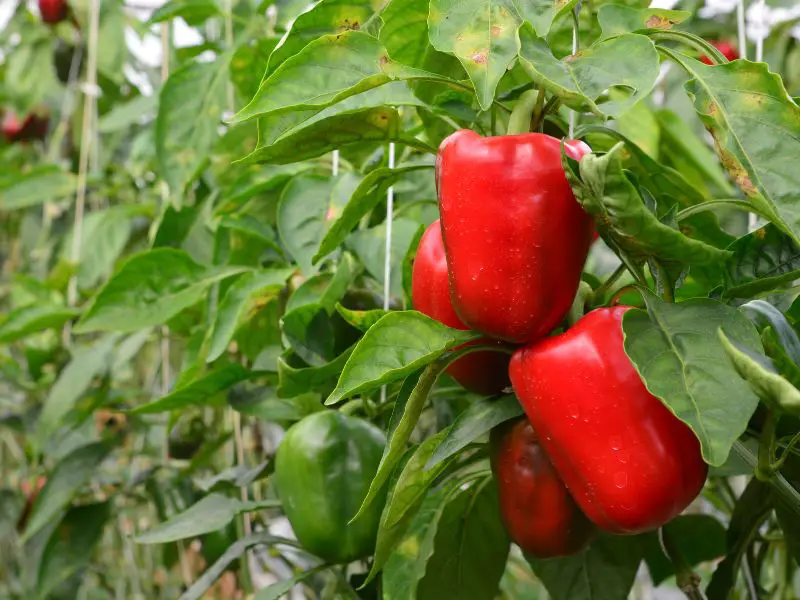
4. Cucumber
Cucumbers are one of the easiest vegetables to grow because they require little care and can be grown in pots and containers. Additionally, cucumbers can grow in cooler climates and require very little water. However, cucumbers have a short growing season and can be susceptible to disease, so keeping them watered and free of pests is essential.
To encourage the plant’s enormous yields, treat the soil with a high-nitrogen and potassium fertilizer before planting cucumbers. If possible, cucumbers should be planted in the sun adjacent to a fence. The fence will function as a climbing aid and provide shelter. Or grow them next to corn. The corn will act as a windbreak and retain the heat that cucumbers seek.
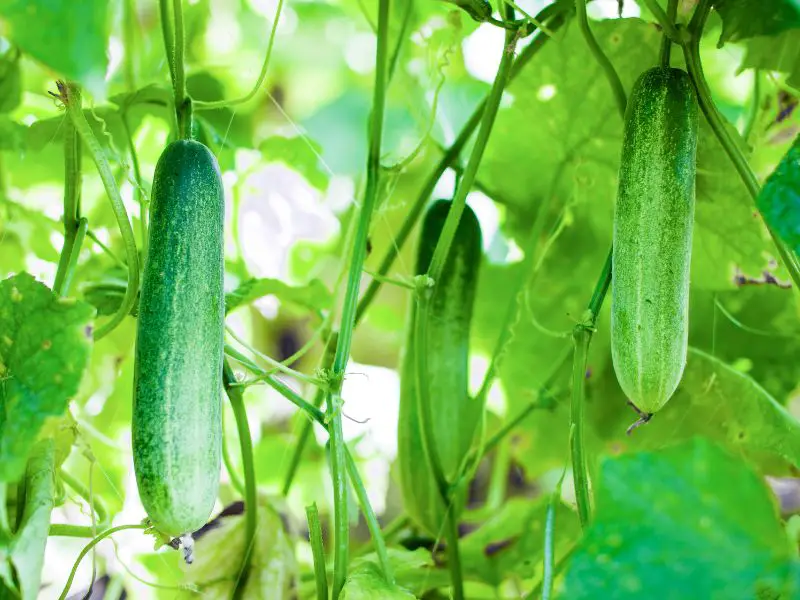
5. Potatoes
Potatoes are one of the easiest vegetables to grow. They need very little space and are relatively maintenance-free. Potatoes are versatile and can be baked, boiled, mashed, or stewed. They make a great side dish or a light meal on their own.
They are cheap to produce and can be easily stored. If you love potatoes, you probably already know that they are an excellent source of carbs and a wonderful substitute for pasta or rice. If you prepare and eat them with their skins on, you will preserve a significant amount of fiber and essential minerals such as vitamin C, potassium, magnesium, zinc, and iron.
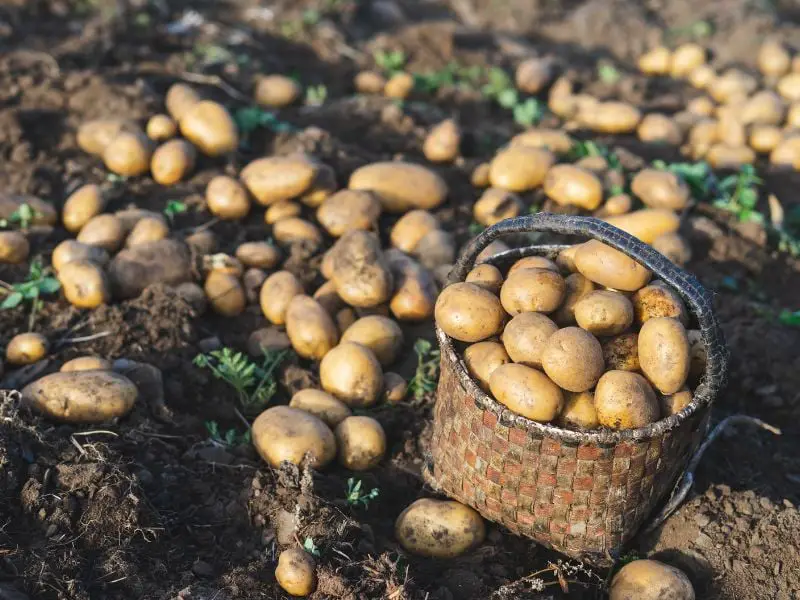
6. Leaf Lettuce
Lettuce is a fast-growing plant that may be harvested in at least 30 days, depending on the variety. Plant the lettuce seeds straight into your pots or seed trays, add some new compost, and ensure they get plenty of water.
The good news is that you don’t have to wait for the lettuce leaves to develop ultimately before picking them off since you may do this as the leaves grow. To ensure a steady supply of crisp lettuce throughout the summer, it is best to plant some seeds about once every two weeks. On the other hand, lettuce produces better in slightly cooler weather.
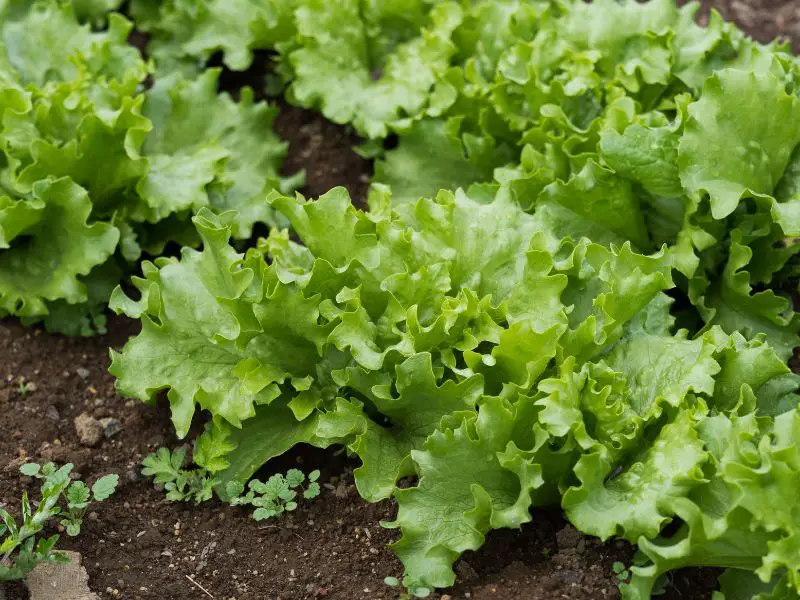
7. Kale
In addition to being a common ingredient in smoothies, salads, and pasta dishes, kale is simple to cultivate in containers. Kale flourishes in well-lit regions and demands nutrient-dense, organic-rich soil. Plant the seeds about 0.5-inch deep and at a depth of about 2 inches apart.
For a continuous harvest of kale throughout the spring and summer, plant some other seeds every 2-3 weeks. Additionally, they require frequent watering with adequate drainage to prevent their roots from becoming wet. Typically, it takes roughly eight weeks for kale to mature from seed to harvest.

8. Green Beans
Beans can grow in soils that aren’t in good condition because they fix nitrogen as they grow. Bush varieties don’t need to be tied to a support, but pole varieties give a longer harvest. In cold places, the easiest beans to grow are snap beans. On the other hand, in some places, lima beans, southern peas, and asparagus beans thrives better.
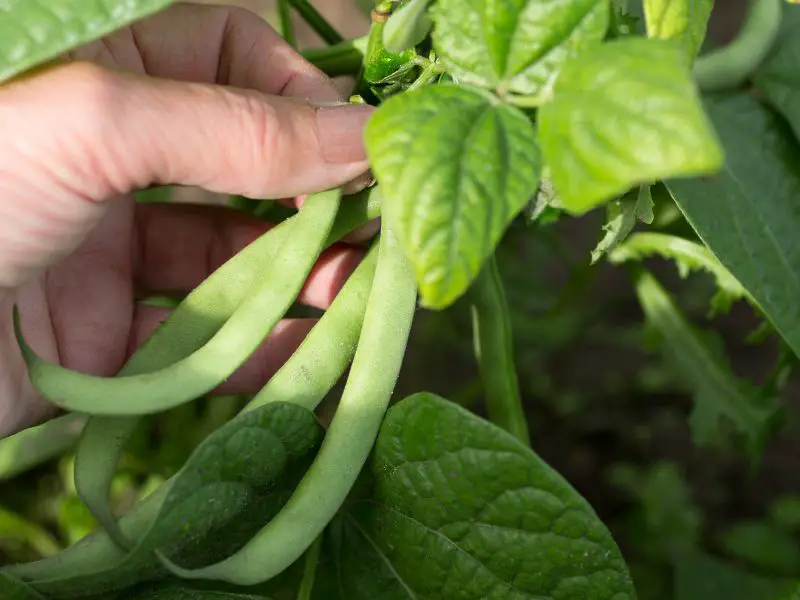
Author’s Note
Growing your vegetables is not only healthy but great for your finances. Growing your vegetables means you don’t have to pay as much at the grocery store for fresh produce, which is a great money-saving idea.
You can grow your vegetables without special equipment, as almost any home can grow vegetables. All you need to do is follow some instructions, and you should be well-accomplished in growing your vegetables. I hope this list has helped you start your journey toward a sustainable life!
Get a better understanding of the history of veganism, sustainable landscaping principles, and backyard farming. Let’s start by talking about food independence and sustainability.


4 thoughts on “8 Easiest Vegetables to Grow: Make Sustainable Living a Reality”